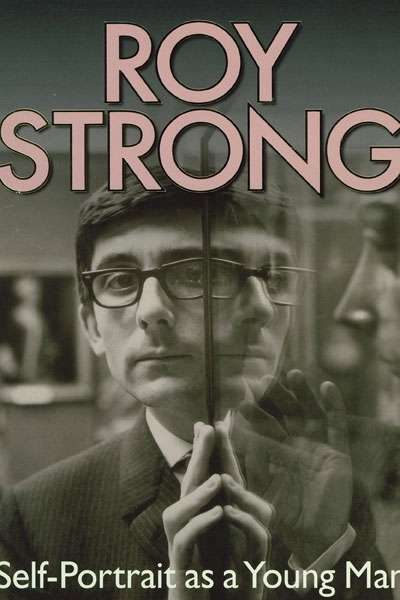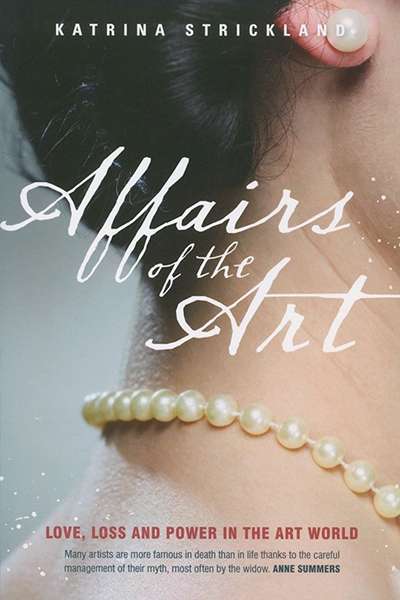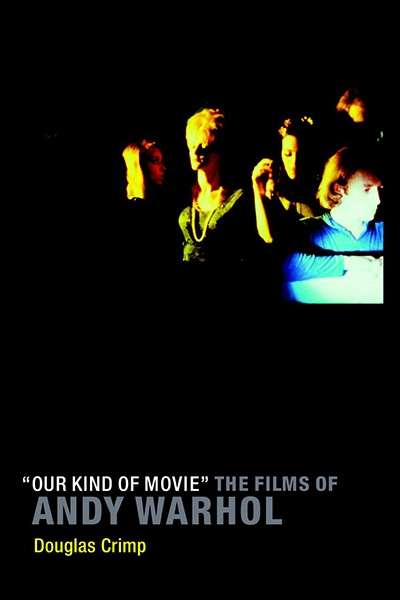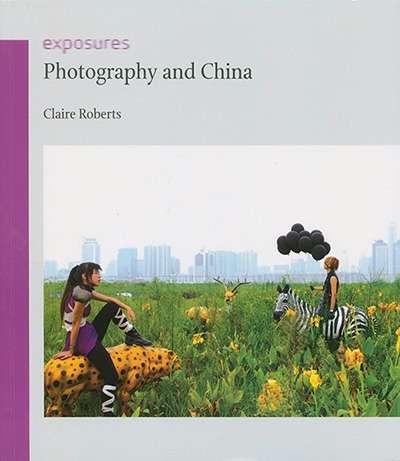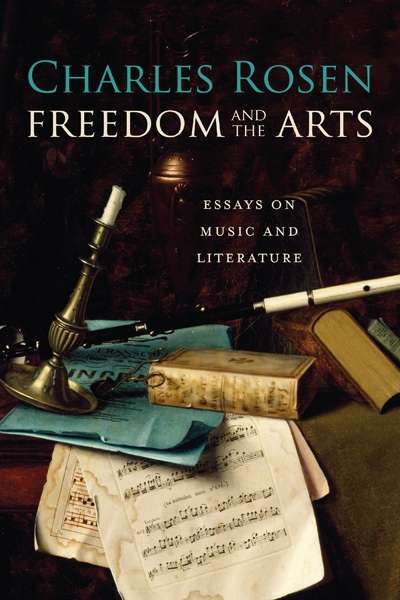In one of the most penetrating essays in this wide-ranging collection, the pianist and scholar Charles Rosen, while addressing the topic of ‘La Fontaine: The Ethical Power of Style’, notes in an aside: ‘What is original in Montaigne is the strange path he takes to arrive at the idea.’ It is an observation that might be equally well applied to the author of the twenty-eight pieces in this volume, most of which originated as extended reviews for the New York Review of Books over the past two decades, apart from ‘Too Much Opera’, which dates from 1979 and, to put it politely, rather shows its age. On the other hand, the subsection entitled ‘Mostly Mozart’ includes, along with four previously published pieces, three new essays, which offer clear evidence of Rosen’s gifts as musical and cultural analyst. Covering topics as varied as dramatic and tonal logic in the operas, Mozart’s entry into the twentieth century, and Mozart and posterity, these hundred-plus pages provide a combination of sociology and musicology, history and aesthetics, performance analysis, and a grasp of the secondary literature that is characteristic of the Rosen who was both performer and critic. (He died in December 2012.)
...
(read more)

